Holidays all have their own fire hazards. Thanksgiving is no different. Home cooking, especially around the holidays, can be a fun, relaxing, and comforting activity. Let’s be honest, there are few things better than home-cooked mac ‘n cheese or that chili recipe you’ve been perfecting over the last 5 years.
However, cooking fires are the number 1 cause of home fires and home injuries. And Thanksgiving is the peak day for home fires across the United States. Not to mention injuries caused by turkey fryers…but that’s a whole different topic. Follow these safety tips to avoid the fire hazards of Thanksgiving.
If There’s a Fire
First things first! If you have any doubt about extinguishing a small fire on your own, get out and close the door behind you. Call 9-1-1 from outside the home. Closing a door will help contain the fire and slow its spread.
Stove/Oven Fires
If there’s a pan fire on the stovetop, put it out by sliding a lid over the pan and turning off the heat. Wait for the pan and lid to cool completely before touching them.
If you have a fire in the oven, leave the door closed and turn off the heat. Any smoke from the fire will help put itself out.
Microwave Fire Hazards
If you see a fire in the microwave, leave the door closed. Turn off the microwave, then unplug it from the wall, if you can do so safely. If the fire does not go out, get outside and call the fire department.
Kid-Free Zone
The Durham Fire Department recommends a 3-foot “kid-free zone” around any area where you’re cooking or preparing food. Hot pots and pans can be dangerous, and so can kitchen knives and shears.
Teaching kids to cook is a fun way for them to learn a life-long skill. However, unless you’ve specifically invited them to help under close adult supervision, try to keep with the above recommendation.
Keep Your Attention on Cooking
The majority of cooking fires involve the kitchen stove, and the leading cause is unattended cooking. Always stay in the kitchen when you’re frying, boiling, grilling, or broiling food. If you need to leave – even for a short period of time – turn the stovetop or oven off.
Also, never use the stove if you’re drowsy or have consumed alcohol.
Longer Cooking Methods
If you are simmering, baking, or roasting food, check in on your food regularly. Most of these cooking methods recommend a timer so you don’t overcook your food. Timers are also a helpful reminder that you’ve got something on the stove or in the oven.
Remain in your home while using these cooking methods. It may be tempting to run a quick errand while you’re roasting something, but neglecting your hot oven is one of the biggest fire hazards.
Microwaves Heat Differently
A microwave can be useful to reheat, defrost, or even fully cook some foods, but they’re also the small appliance most associated with kitchen fires and injuries.
Microwaves heat food unevenly, make sure to stir and test your food before serving (especially to children). Allowing your food to rest before taking it out can avoid scalding or burns from touching a hot plate or bowl.
With these few tips and an eye on safety, cooking can be a great way to bring your friends and family together for Thanksgiving and beyond.
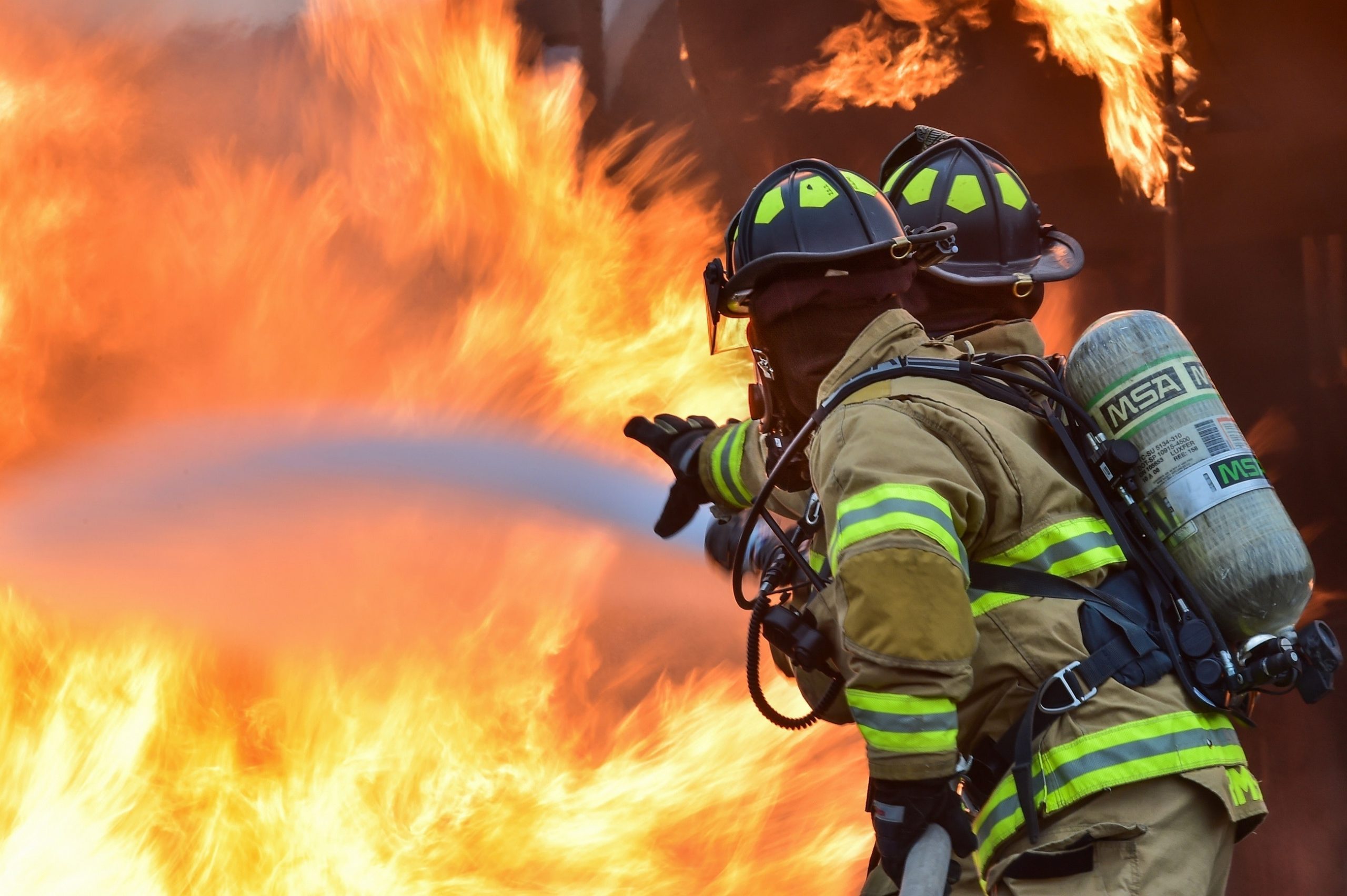

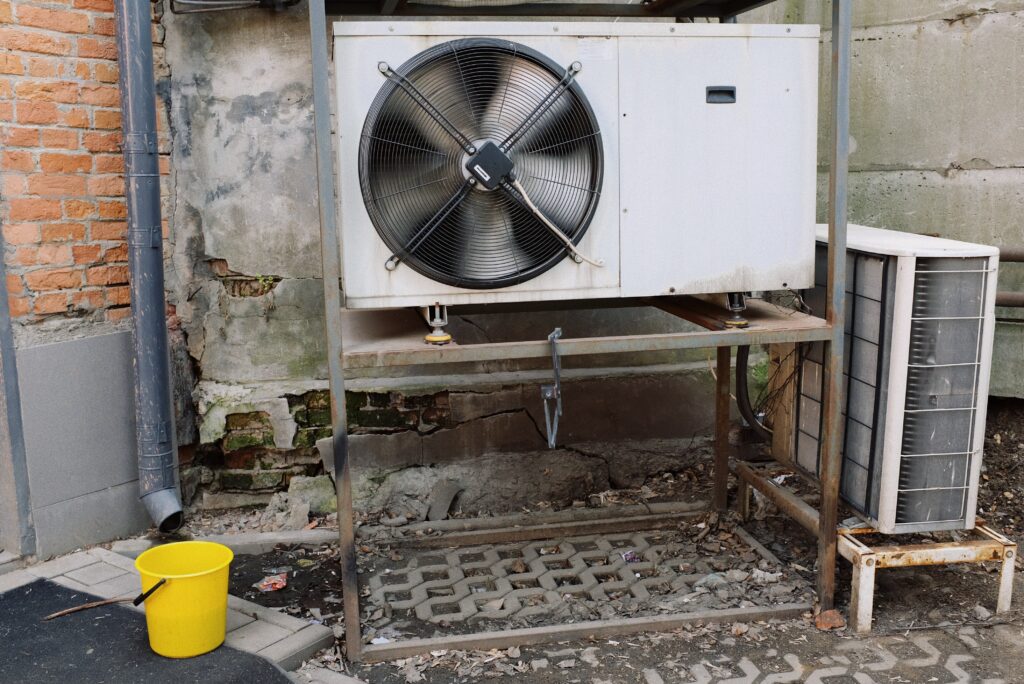
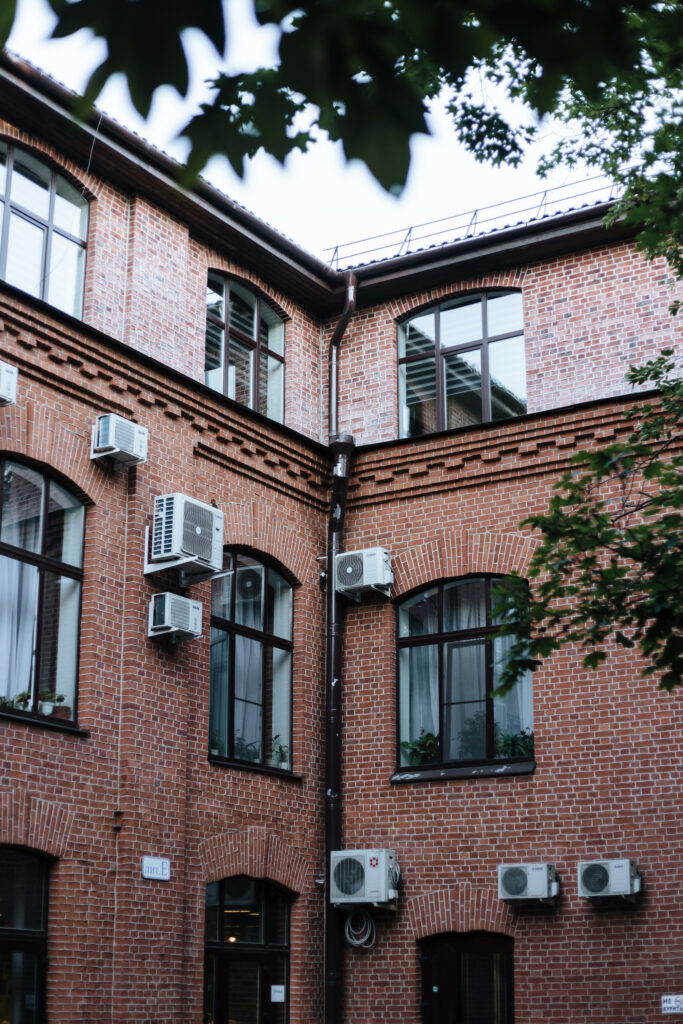
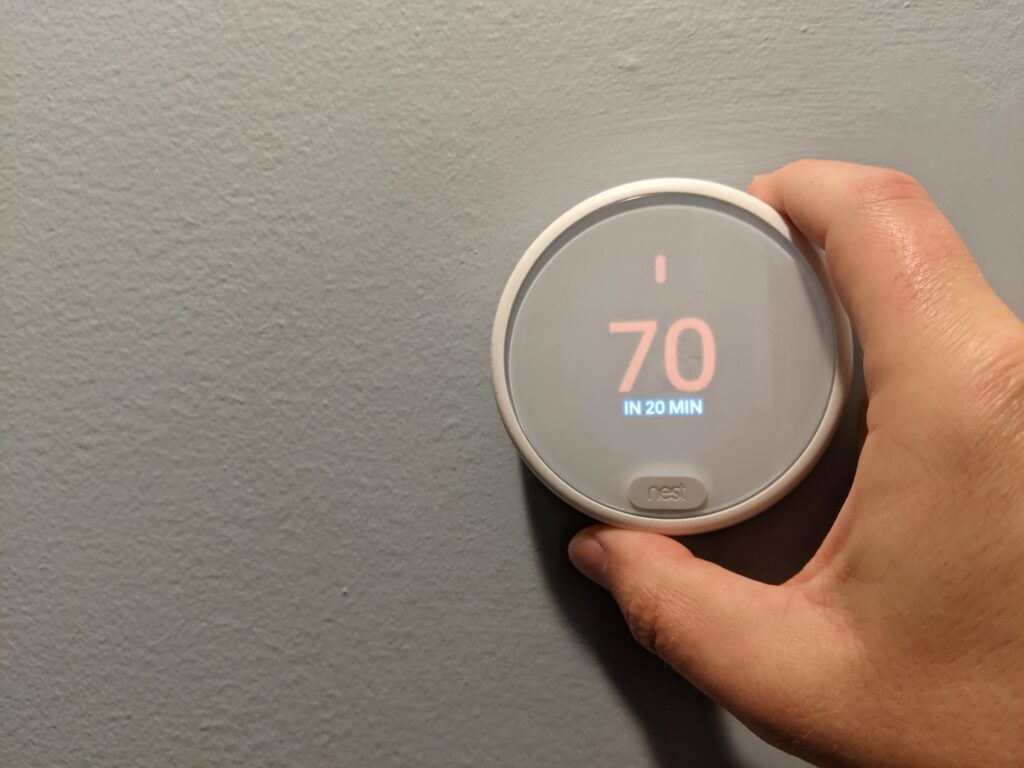
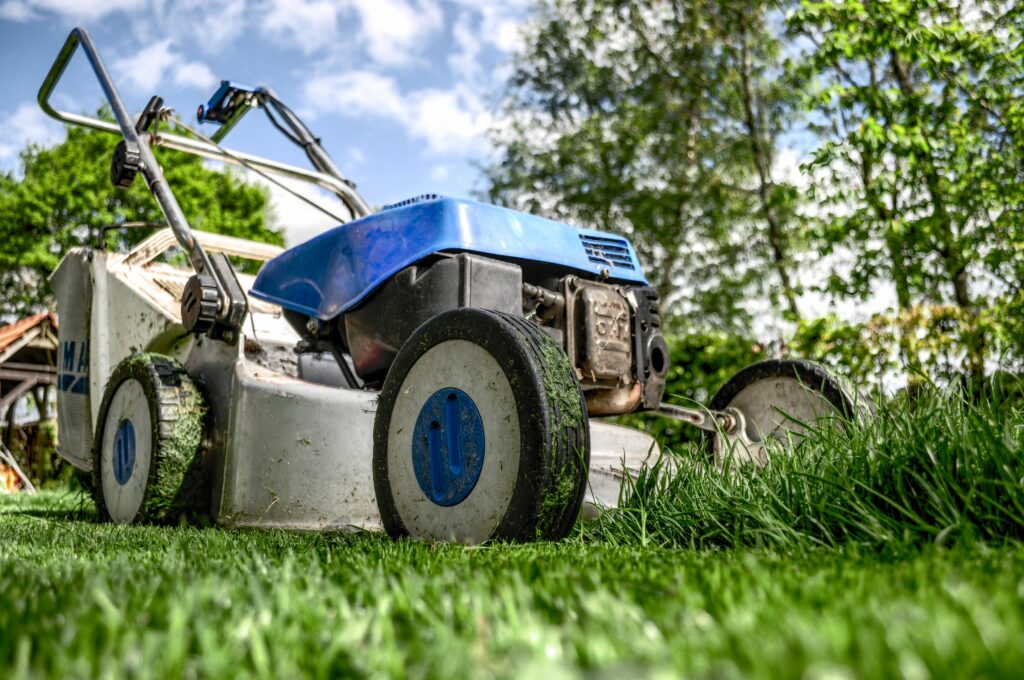
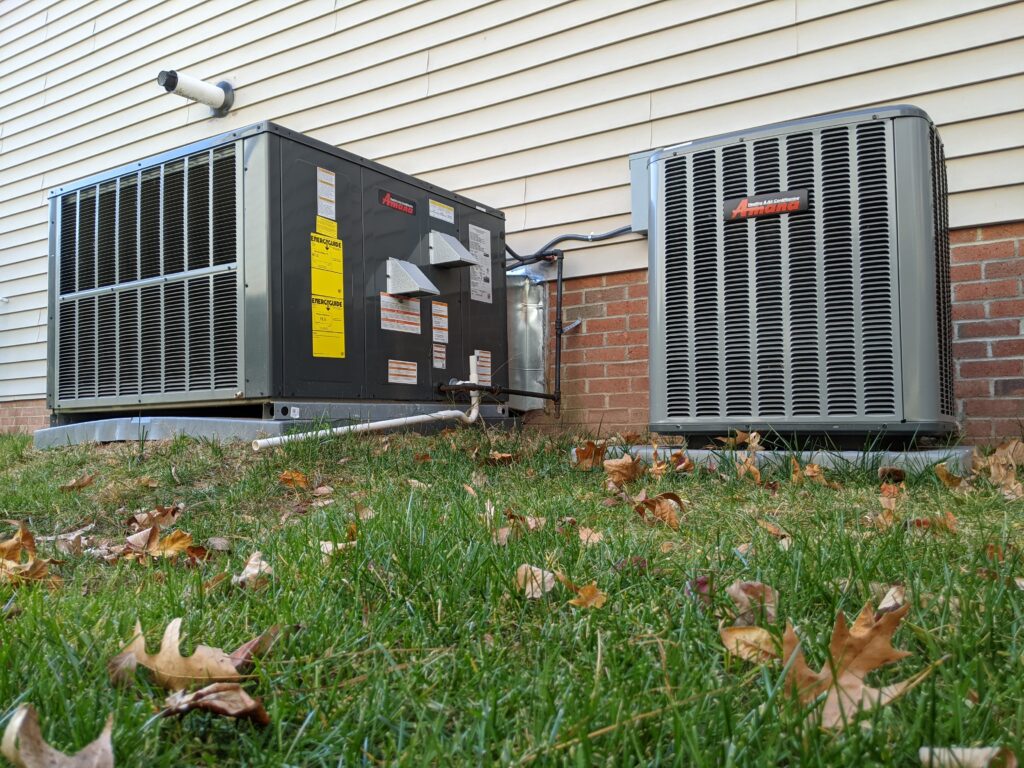
Leave a Reply